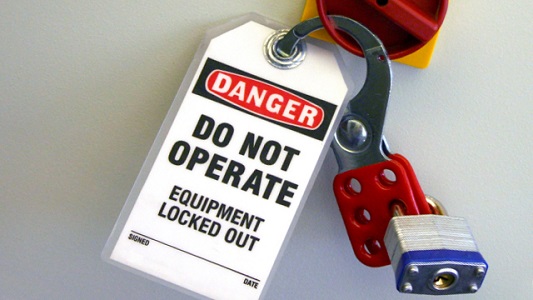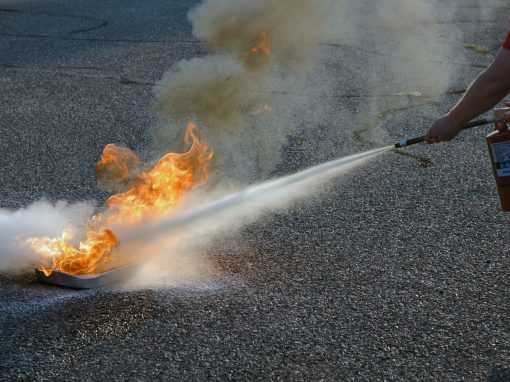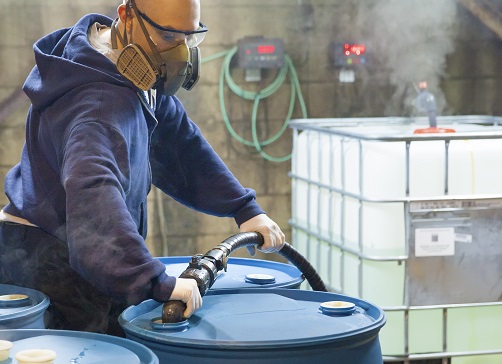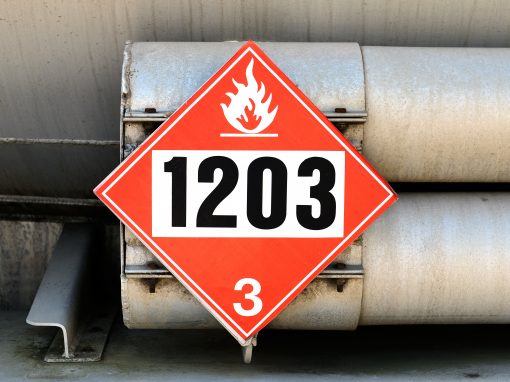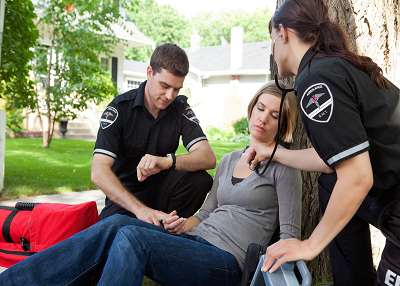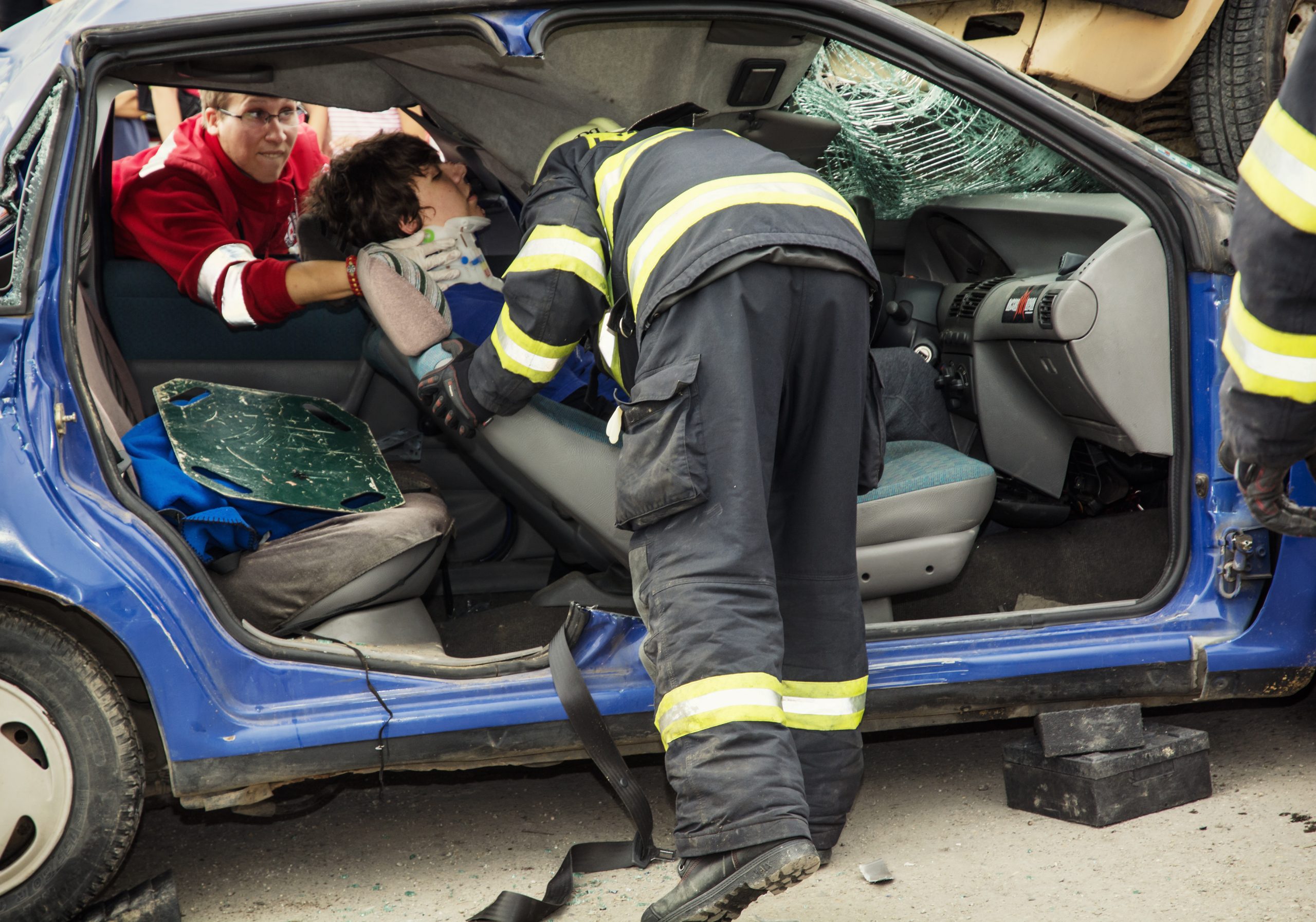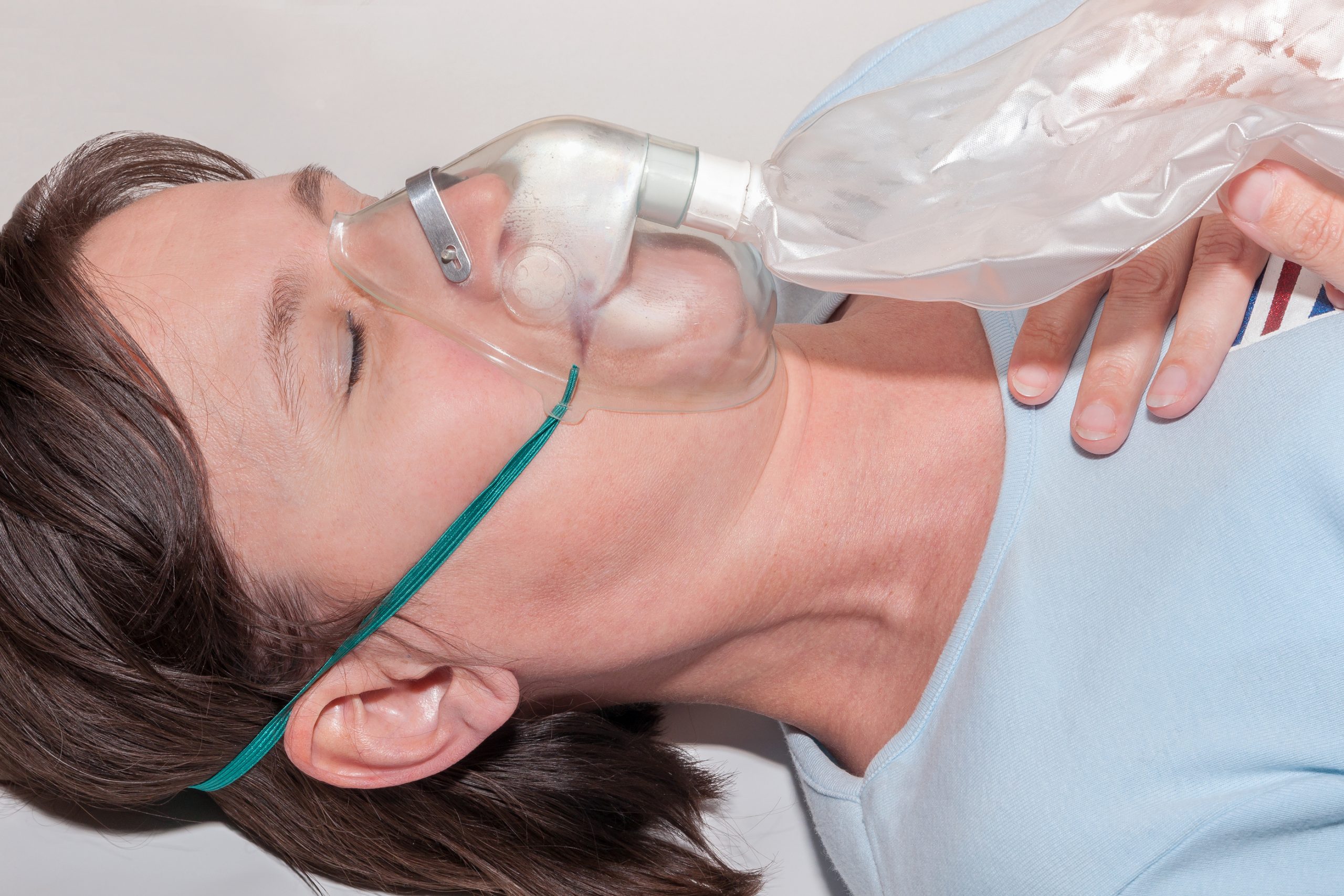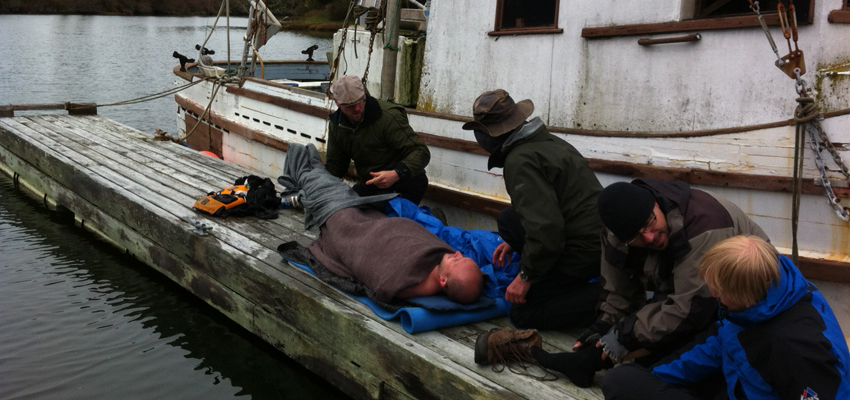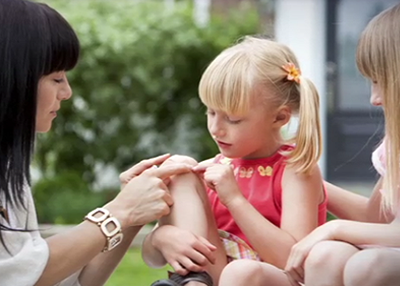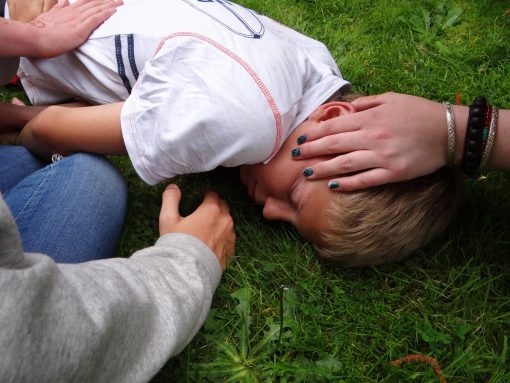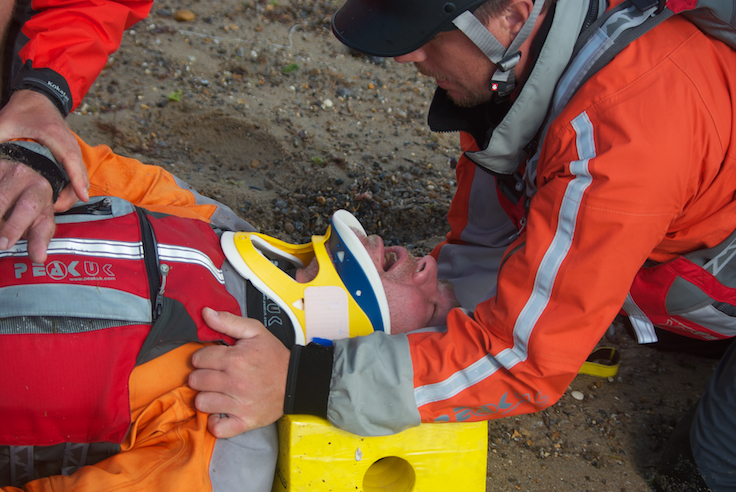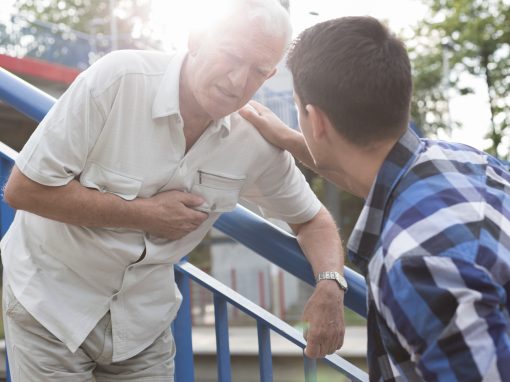Each province has the sovereign right to create and pass into law different legislation that relates to first aid care. These pieces of legislation can be crafted to serve a number of purposes, such as allowing people certain abilities to help in different circumstances, or even protecting people from prosecution in an effort to encourage providing help. Ontario has numerous such laws that are valuable to know as someone with the ability to render care in first aid situations.
GOOD SAMARITAN ACT
Most provinces in Canada have a Good Samaritan laws (with differing names), with the exceptions being New Brunswick and Nunavut. The origin of the concept of the Good Samaritan traces back to the passage of Luke 10:25-37 in the Bible. According to the story, a person was left for dead by a road. Still alive, he was passed over by multiple people but eventually a Samaritan comes upon him, and helped him. The term “Good Samaritan” essentially means to help out a stranger. In Ontario, the Good Samaritan Act was enacted in 2001 and is a relatively straight forward Act. As with most Good Samaritan laws, the Act essentially protects those who sincerely make an attempt to help those in a medical situation. It is important to note that the Act does have exceptions, explained in section 2(1) where it states that you can be held liable for acts of “gross negligence”. There is no clear definition of gross negligence, but can be summarized as taking an action that would not be seen as reasonable.
SABRINA'S LAW
Sabrina Shannon was a thirteen year old girl in grade 8 at a high school in Pembroke, which is a small town outside of Ottawa. Sabrina suffered an anaphylactic reaction after consuming some french fries. It is widely believed that they were mistakenly contaminated with milk product, which is a known allergy to Sabrina. After she ate them she started wheezing, thinking she was having an asthma attack, and went to the office for help. A teacher grabbed her epinephrine auto-injector from her locker. She went into cardiac arrest before it could be administered. She ultimately died at the Children’s Hospital of Eastern Ontario due to significant brain damage. The coroner recommended the implementation of an allergic reaction policy for schools, and a private member’s bill was introduced. Sabrina’s Law came into force in 2005, and requires educational facilities to maintain comprehensive anaphylactic policies, as well allowing such facilities to maintain epinephrine auto-injectors on site and able to be administered by staff without fear of legal liability, even without direct permission from the child or their family. This law is seen as a first of its kind as is being reviewed by several provinces and states across North America.
RYAN'S LAW
Ryan Gibbons was a twelve year old boy in Straffordville, who died after developing an asthma attack during recess at school. The school would not allow him to keep his puffer on his person, despite repeated efforts by his mother and a Doctor’s note. With the support of the Ontario Lung Associations, Ryan’s mother lobbied for such a tragedy to never happen again. With unanimous support, Ryan’s Law was enacted in 2015, and makes it illegal for schools to keep inhalers away from children with asthma. In addition, and similar to Sabrina’s Law, schools must maintain an asthma policy focused on reducing exposures, a communications plan with families, and training to recognize and react to emergencies. Other pieces of the law allow staff to administer medication even without direct permission, and with immunity from retribution.
LINKS
Take a course

